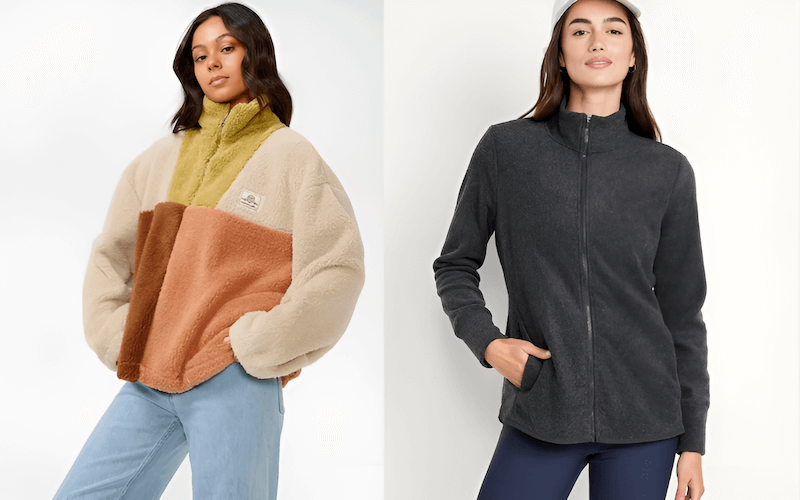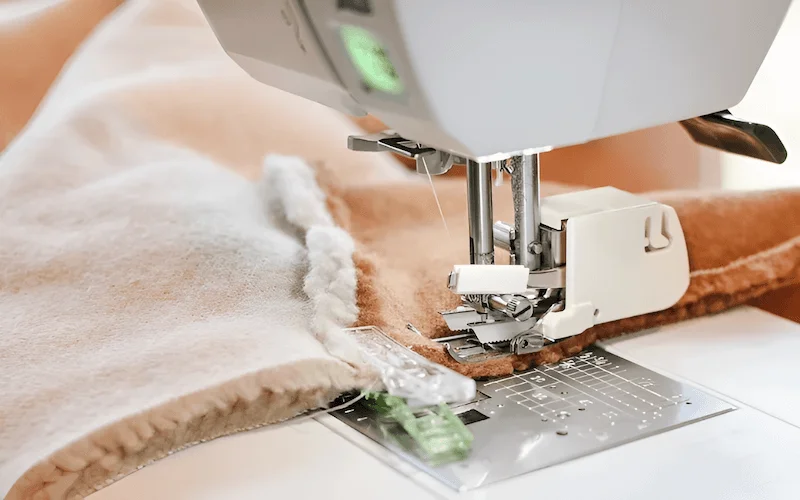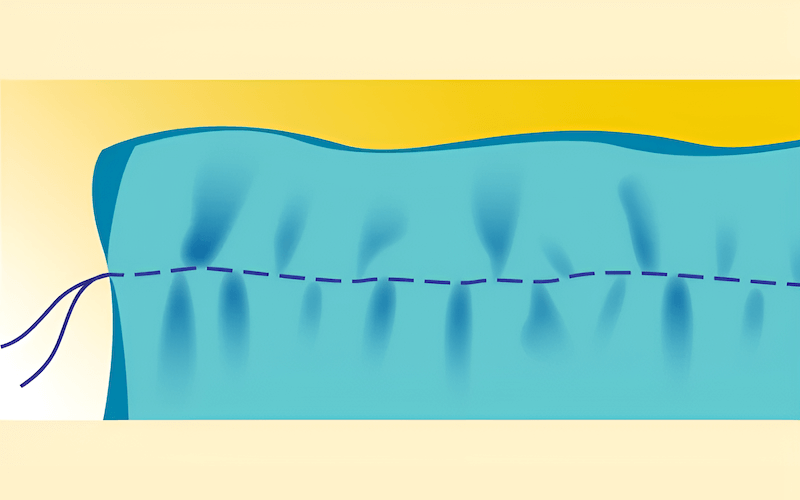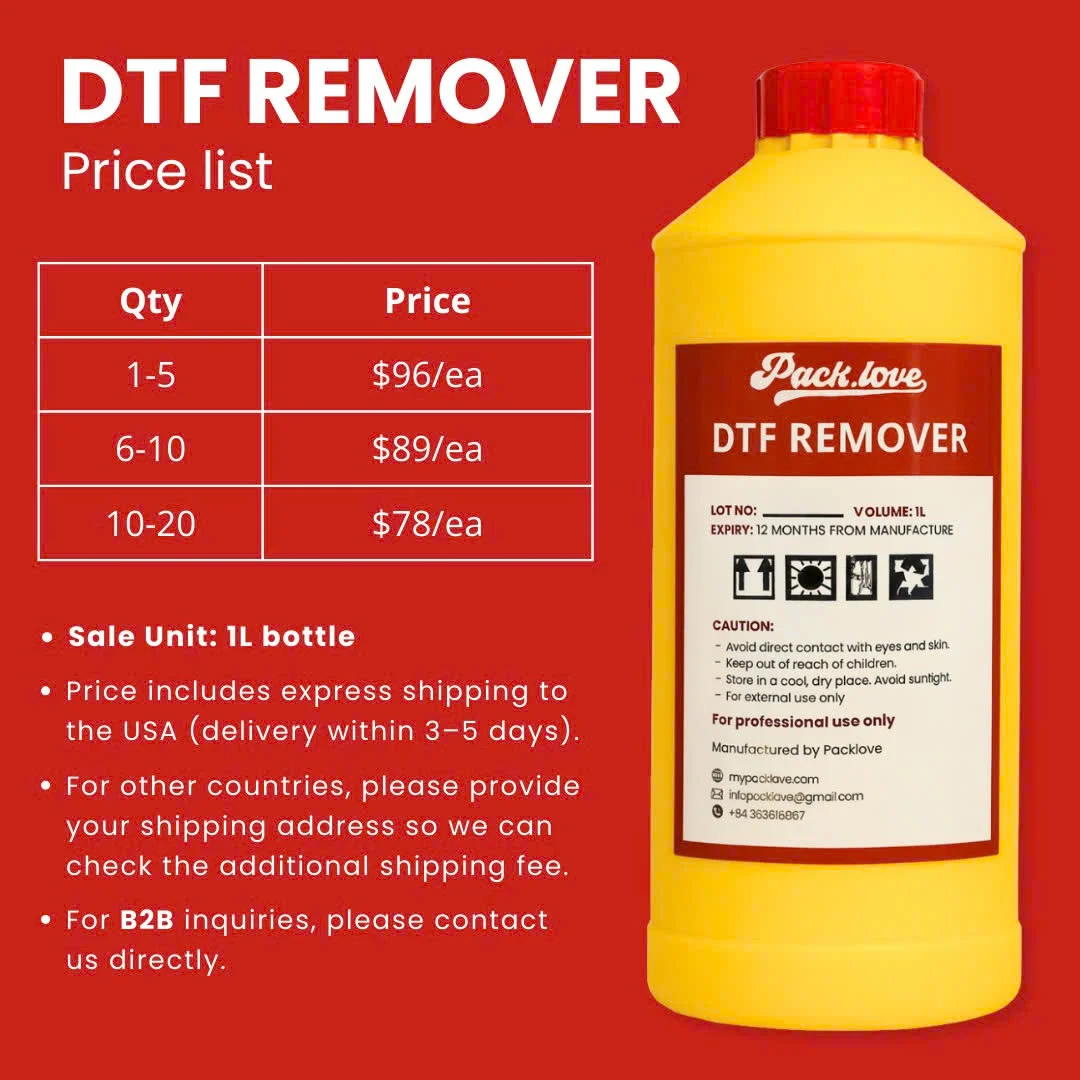Sew Fleece Like a Pro: Ultimate Guide and Expert Tips
From crafting cozy blankets to creating custom apparel for your business, mastering fleece sewing is essential. This comprehensive guide is for beginners intimidated by this unique fabric, and experienced sewers seeking advanced techniques. We address common challenges like fabric stretching, skipped stitches, puckering seams, and material selection dilemmas. Learn how to avoid wasted fabric and frustrating projects. Packlove provides the knowledge and tools. Elevate your fleece creations, ensuring professional results, boosting your brand, whether for personal projects or impactful promotional item.
1. Understanding fleece fabric: Types, properties, and uses
Fleece fabric, renowned for its softness and warmth. Unlike natural fibers, this synthetic marvel offers unique properties. This guide unpacks various types, highlighting features. Let’s explore the world of fleece and discover.
1.1 Different types of fleece and their best uses
Choosing the right fleece is crucial for project success. Polar fleece, a workhorse, offers excellent warmth and durability, ideal for blankets and jackets. Microfleece, lighter and finer, excels in base layers and lightweight garments.
Plush fleece (or Minky), incredibly soft, is perfect for baby items and luxurious throws. Sherpa fleece, with its fluffy, textured surface, provides superior insulation as lining. Consider weight, impacting both warmth and drape.
| Fleece Type | Weight/Thickness | Best Uses |
|---|---|---|
| Polar Fleece | Medium to Heavy | Blankets, jackets, outerwear, hats |
| Microfleece | Light | Base layers, lightweight garments, scarves |
| Plush/Minky Fleece | Medium to Heavy | Baby items, throws, robes, stuffed animals |
| Sherpa Fleece | Heavy | Lining for jackets and coats, winter accessories |
| French Terry | Medium | Sweatshirts, Joggers, Casual Wear |
| Sweatshirt Fleece | Medium to Heavy | Hoodies, Warm activewear |
Anti-pill fleece, often a finish applied to polyester fleece, resists forming those annoying little balls. A heavier fleece provides more warmth.

1.2 Key properties of fleece: Why it’s unique
Fleece’s unique napped surface, created by brushing the synthetic fiber (polyester), traps air, providing exceptional insulation. This makes it incredibly warm yet remarkably lightweight. It’s also inherently soft and comfortable against the skin.
The polyester construction also contributes to its water-resistant properties. This makes it suitable for outdoor use, drying quickly.
Many manufacturers now offer recycled fleece options.
1.3 Common Applications
| Fleece Type | Applications |
|---|---|
| Polar Fleece | Outerwear, Blankets, Hats, Scarves |
| Microfleece | Base Layers, Lightweight Garments, Activewear |
| Plush/Minky Fleece | Baby Items, Throws, Robes, Stuffed Animals |
| Sherpa Fleece | Lining for Jackets and Coats, Winter Accessories, Slippers |
| French Terry | Sweatshirts, Joggers, Hoodies, Casual Dresses |
| Sweatshirt Fleece | Hoodies, Sweatpants, Warm-up Suits |
This diverse application spectrum underscores fleece’s versatility. Making it a staple for projects.
2. Essential tools and materials for sewing fleece
2.1 Choosing the right sewing machine and settings
A standard sewing machine is perfectly adequate for most fleece projects, especially for beginners. No need for specialized equipment. The key is adjusting your sewing machine settings. Set your stitch length to around 3-4mm. If using a zigzag stitch, adjust the stitch width accordingly. The best way is doing some test stitch.
For experienced sewers, a serger or overlocker offers significant advantages. It trims and finishes seams.

2.2 Selecting the perfect needle and thread
Choosing right needle and thread prevents frustrating issues. Always use a ballpoint needle or stretch needle when sewing fleece. This prevents snags and skipped stitches. A needle size of 90/14 is a great starting point. For thread, polyester thread is the best. Its strength and slight stretch.

2.3 Must-Have accessories for fleece sewing
Several accessories will make your fleece sewing experience much easier:
- Scissors or Rotary Cutter: Sharp tools are essential for clean cuts.
- Fabric Clips: Preferred over pins, as they won’t leave holes in the fleece.
- Measuring Tape: Accurate measurements are crucial for a well-fitting project.
- Marking Tools: Use fabric chalk or a disappearing ink pen to mark your fabric without leaving permanent marks.
- Walking Foot: This attachment is a game-changer for fleece. It feeds the fabric evenly.
- (Optional): Seam Ripper, Iron, Pressing Cloth
3. Step-by-Step guide to sewing fleece
3.1 Preparing your fleece fabric
Pre-wash fleece before you begin. This prevents shrinking and ensures colorfastness. Wash the fleece on a gentle cycle with cold water. Use a mild detergent. Tumble dry on low or, even better, air dry. Once dry, identify the nap direction.
This is the way the fibers naturally lie. Cut all your pattern pieces facing the same direction. Cutting fleece requires this attention to detail.

3.2 Mastering basic fleece sewing techniques
The straight stitch is your go-to for most seams. A zigzag stitch is useful for neatening edges. If you have a walking foot, attach it now. It will help feed the fabric evenly. When sewing a seam, guide the fabric gently. Let the machine do the work, and avoid stretching.
3.3 Dealing with fleece’s stretch: Tips and tricks
Fleece’s inherent stretch can be challenging. The walking foot is your best friend here. It helps feed the layers evenly. If you don’t have one, try reducing your machine’s presser foot pressure. Use fabric clips instead of pins. Avoid pulling or stretching the fabric. When encountering bulky seams, reduce pressure. A leveling plate can also help. These sewing tips improve results.
4. Advanced fleece sewing techniques
4.1 Neatening seams and edges
While fleece doesn’t fray, neatening seams and fleece edges can improve. A zigzag stitch along the raw edge provides a simple finish. A serger or overlocker offers a clean and durable edge. A lapped seam, where one edge overlaps the other, is another option.
Adding zippers, buttons, and other embellishments requires extra care. For buttonholes and pockets, use a tear-away or water-soluble stabilizer beneath the fabric. This provides support. For areas around zippers, fusible interfacing is your friend. Apply it to the back. Preventing stretching.
4.3 Topstitching and hems
Topstitching, a line of stitching visible on the right side. Adding a professional finish. Use a slightly longer stitch length and sew slowly. For hems, a twin needle creates a beautiful, stretchy finish. Combine this with a walking foot to prevent waving or puckering.
4.4 Using an overlocker
The ultimate tool, Overlocker, is a game-changer. Particularly for garment construction. Basic overlocker with a differential feed system. Eliminate waving on seams. An overlocker sews fabric pieces together. Trims, overlocks in one process. To achieve the best results, use flock thread on the loopers. Combined with Gutermann Sew All thread on the needles.
5. Troubleshooting common fleece sewing problems
5.1 Preventing skipped stitches
Skipped stitches are a common frustration. They can be caused by several factors:
1. Problem: Incorrect needle or dull needle.
Solution: Ensure you’re using a ballpoint or stretch needle. Replace with a new needle of the correct size (90/14 recommended).
2. Problem: Incorrect thread tension.
Solution: Adjust your machine’s thread tension. Test on a scrap of fabric.
3. Problem: Fabric feeding issues.
Solution: Use a walking foot. Ensure your feed dogs are engaged.
5.2 Avoiding puckered seams
Puckered seams can ruin the look. Here’s how to prevent them:
1. Problem: Stitch length too short.
Solution: Increase your stitch length (3-4mm recommended).
2. Problem: Fabric stretching during sewing.
Solution: Use a walking foot. Use fabric clips instead of pins.
3. Problem: Uneven feeding.
Solution: Use a walking foot. Sew slowly and guide the fabric gently.

5.3 Dealing with fabric stretching and shifting
Fabric stretching and fabric shifting are common fleece challenges:
1. Problem: Incorrect needle type.
Solution: Use a ballpoint or stretch needle.
2. Problem: Not using a walking foot.
Solution: Attach a walking foot to your machine.
3. Problem: Pulling the fabric while sewing.
Solution: Avoid pulling or stretching. Let the machine feed the fabric.
6. Custom fleece printing for businesses and individuals
6.1 Packlove’s solution
Enhance your branding with Packlove’s custom printed solutions. Specifically designed for fabrics like fleece. Heat Transfer Labels offer vibrant, detailed designs. Rubber Labels provide a durable, modern aesthetic. Woven Labels add a touch of classic elegance. All are perfect for sewing onto fleece garments. Creating a professional finish.
6.2 Value booster kit: Elevate your fleece creations
For a complete branding solution, Packlove’s Value Booster Kit is ideal. This kit provides a cohesive set of custom labels, hang tags, and packaging. All designed to work beautifully with fleece. Elevate perceived value. Boost brand recognition. Creating a memorable and professional look. Professional branding makes all the difference.
6.3 Heat transfer labels: A durable and versatile option
Heat transfer labels are an excellent choice for fleece. Applied using heat. Creating durable labels and washable labels. They can reproduce intricate designs with vibrant colors. Making them perfect for showcasing your custom design. For design and ordering, we accept various file formats (AI, PDF, EPS). Offer a range of sizes and color options. Heat transfer printing provides flexibility.
6.4 Woven and rubber labels: Adding a touch of class
Woven labels and rubber labels offer distinct aesthetics. Woven labels provide a classic. Ideal for high-end fleece garments. Rubber labels, with their raised, textured finish. Perfect for a sporty or modern feel. Both types of custom labels add a unique. Our design team is ready to assist.
7. FAQs about sewing fleece
7.1 Can I sew fleece with a regular sewing machine?
Yes, a regular sewing machine is perfectly capable. You don’t need a specialized machine. Just adjust your settings.
7.2 What is the best stitch to use for fleece?
A slightly longer straight stitch (3-4mm) is good. A zigzag stitch is best for edges.
7.3 How do I prevent fleece from stretching while sewing?
Use a walking foot. Fabric clips instead of pins. Avoid pulling the fabric.
7.4 Do I need to finish the edges of fleece?
No, fleece doesn’t typically fray. You can finish the edges with a zigzag stitch.
7.5 Can I iron fleece?
Yes, but use a low heat setting. A pressing cloth to avoid melting the fibers.
8. Packlove – Providing service for sewing and printing on fleece
Packlove is your one-stop shop. Comprehensive printing and packaging solutions. We bring years of experience. Garment and packaging industries. Our commitment to quality, fast turnaround times, competitive pricing. Serves individual crafters, large businesses alike. We understand needs. Providing tailored solutions.
Contact us today to discuss your project:
- Phone: +84 363615867
- Email: [email protected]
- Website: https://mypacklove.com/
Read more:
Fleece is a wonderfully versatile and forgiving fabric. Making it ideal for a wide range of projects. Mastering techniques discussed, sewing beautiful. Durable creations. Remember, preparing fabric, choosing tools. Packlove is here to elevate. Offering custom printing. Reinforcing brand identity.























